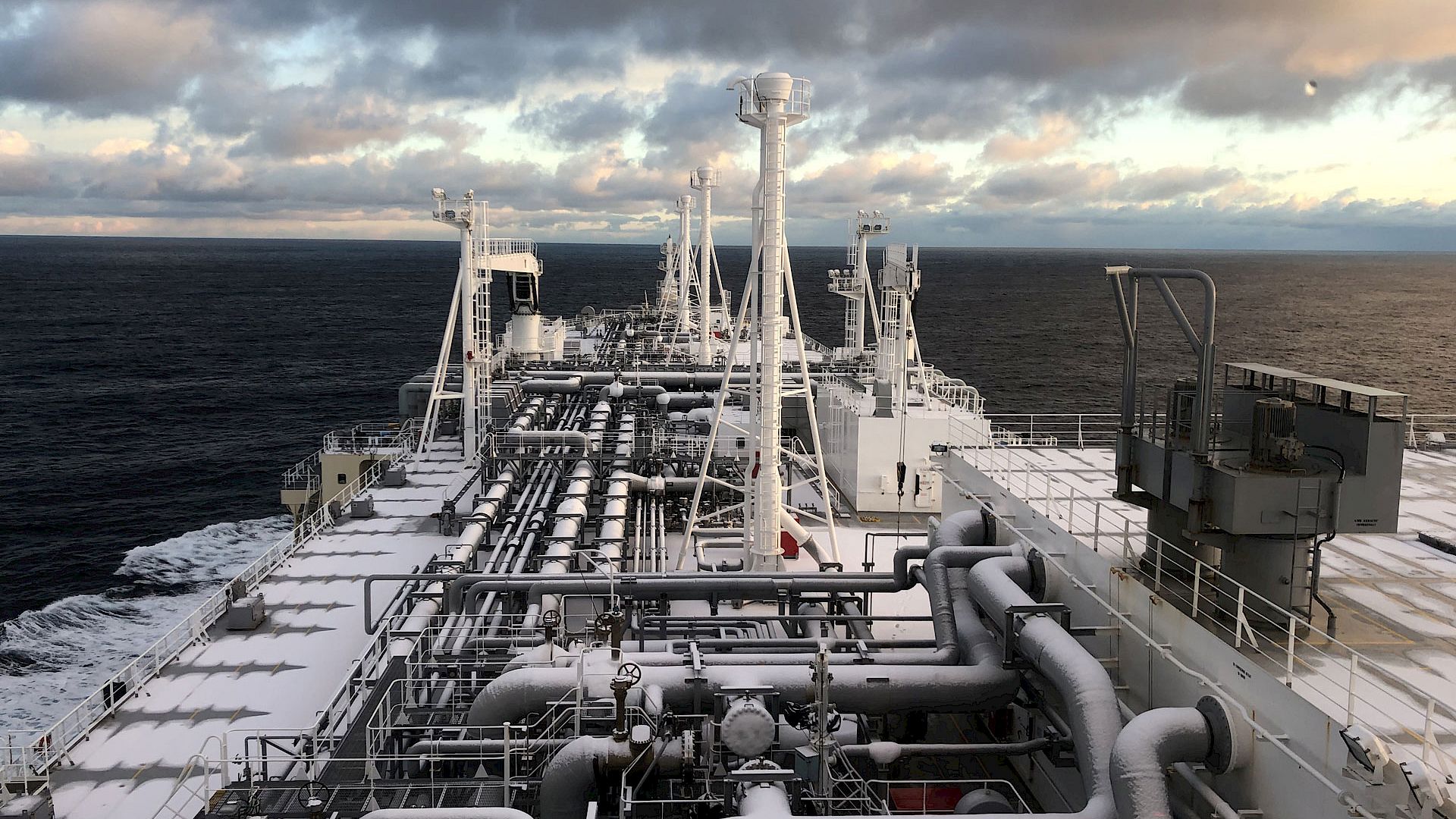This story requires a subscription
This includes a single user license.
Last week, Atlantic LNG shipping rates dropped below $50,000 per day.
“Spark30S Atlantic rates dropped for a fourth consecutive week, reducing by $18,250 to $26,750 per day,” Qasim Afghan, Spark’s commercial analyst, told LNG Prime on Friday.

He said this is the largest week-on-week drop since January, and is the first time since the Russia-Ukraine crisis began in February 2022 that 174 2-stroke Atlantic freight rates have dropped below $40,000 per day.
In addition, Spark25S Pacific rates continued to decline for a tenth week, falling by $10,000 to $42,250 per day.
“Freight rates in both basins continue to be at their lowest levels in 5 years for this time of year,” Afghan said.
European prices down
In Europe, the SparkNWE DES LNG was lower compared to the last week.
“The SparkNWE DES LNG front month price for November delivery dropped by $0.317, pricing in at $12.332/MMBtu,” Afghan said.
“The discount to the TTF is assessed at $0.250/MMBtu, remaining steady week-on-week,” Afghan said.

Data by Gas Infrastructure Europe (GIE) shows that volumes in gas storages in the EU continued to rise and were 95.05 percent full on October 16.
Gas storages were 94.74 percent full on October 9 and 97.94 percent full on October 16, 2023.
JKM
In Asia, JKM, the price for LNG cargoes delivered to Northeast Asia in December settled at $13.495/MMBtu on Thursday.
Last week, JKM for November settled at 13.080/MMBtu on Friday, October 11.
Front-month JKM then rose to 13.105/MMBtu on Monday. It rose to 13.109/MMBtu on Tuesday and to 13.465/MMBtu on Wednesday.
State-run Japan Organization for Metals and Energy Security (JOGMEC) said in a report earlier this week that JKM for last week (October 7 – October 11) rose to mid-$13s on October 11 from low-$13s the previous weekend.
“In the first half of the week, the price fell to high-$12s as the geopolitical situation in the Middle East was assessed, but in the second half of the week it rose to mid-$13s as buyers proceeded to replenish stocks ahead of winter, with the potential for significant price fluctuations due to rising geopolitical tensions in the Middle East,” JOGMEC said.
LNG fleet growth
Maritime consultancy Drewry said in a recent report that it expects 66 LNG carriers to join the fleet this year, while 94 LNGCs are scheduled to be delivered in 2025, inflating the fleet amid easing vessel demand due to limited new capacity addition.
According to Drewry, LNG shipping is poised for a balanced market, with rates to soften in 2024-25.
However, the supply-demand fundamentals, harsh weather conditions and geopolitical and canal transit risks will support rates.
Meanwhile, a lot hinges on the US presidential elections, sanctions on Russian LNG, and European gas demand, the consultancy said.
Drewry said LNG shipping rates in 2024 have been lower this year than the 2022-23 highs but are still healthier than the pre-2019 levels.
Rates have remained flat due to subdued European demand, owing to ample inventory, higher renewable and nuclear output, weak gas demand, and futile revival of industrial growth.
Moreover, the influx of modern carriers in 2024 in the growing pool of idle steam turbine ships has softened rates this year, the consultancy said.
Rates to improve in 2025?
Drewry expects rates will improve year-on-year as European LNG demand recovers in 2025, absorbing the expanding fleet faster than this year.
Moreover, LNG supply will also improve, with 55 mtpa of new capacity scheduled to be added next year—the majority starting in the US.
Drewry said demolitions will pick up in 2025 as fleet supply will outpace liquefaction build-up, compelling shipowners to scrap older vessels.
This will provide some respite to the ‘oversupply’ conditions. However, much of the rebalancing will occur post-2026, with massive capacity additions and higher scrapping amid increasing scrutiny over methane slippage and GHG emissions, according to the consultancy.
Moreover, ample supply by 2027 will ease LNG prices (Drewry expects them to be around $6-7 per MMBtu), making it affordable and accessible, boosting global LNG demand- especially in China, South and Southeast Asia, and South America.

